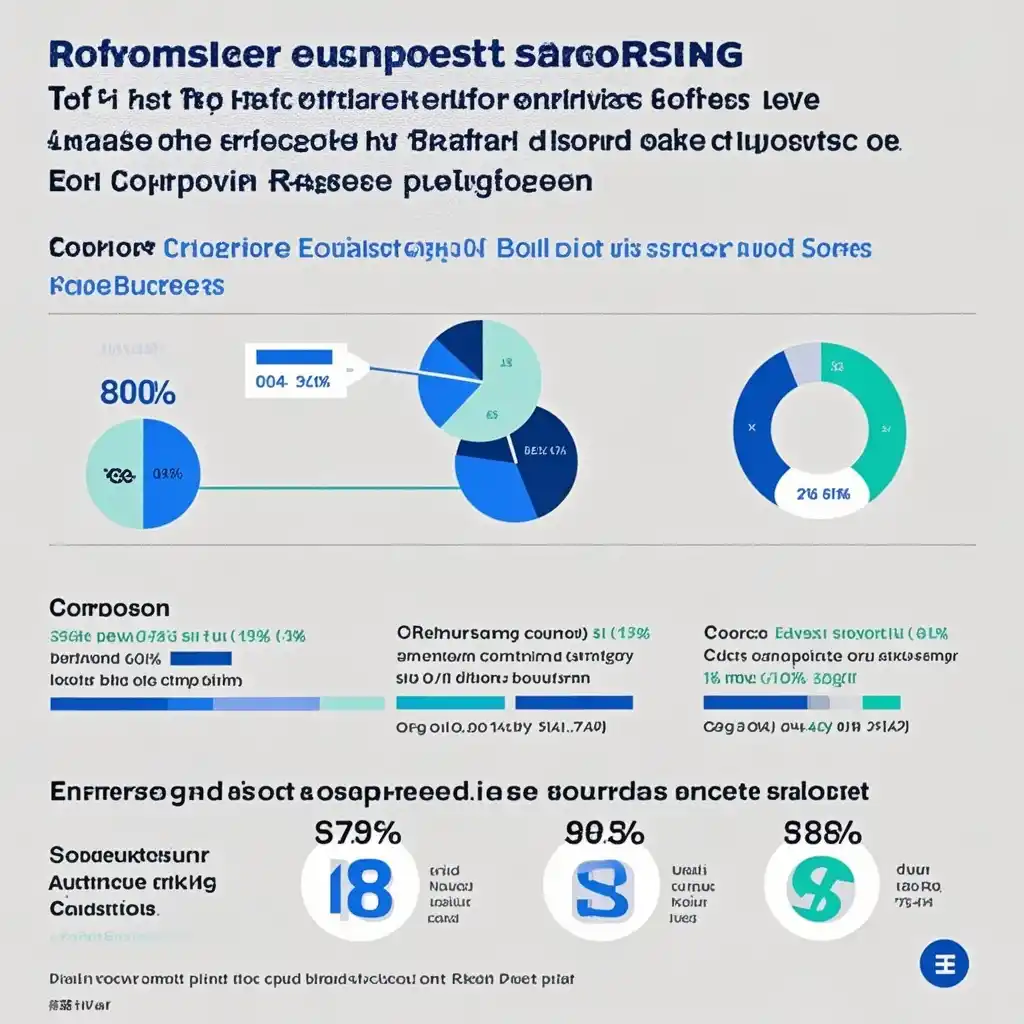Background
In the realm of cross - border e - commerce, the impact of tariffs cannot be underestimated. Tariffs have a direct influence on the price of imported goods. When tariffs are imposed, the cost of cross - border products increases. For example, according to a recent study, in some sectors, tariffs have led to an average price increase of 15% - 20% for imported goods. This price hike has significant implications for both cross - border e - commerce sellers and consumers.
Sellers face the challenge of maintaining profitability while consumers are forced to re - evaluate their purchasing decisions. The rise in price due to tariffs often makes local products seem more appealing in terms of cost - effectiveness.
Consumer Shift
Consumer behavior has been noticeably changing in the face of tariff - driven price increases. Recent consumer surveys indicate that approximately 60% of consumers are more likely to consider local alternatives when they notice a significant price difference between cross - border and local products. This shift is not only due to price but also factors such as faster delivery times for local products. On average, local products can be delivered within 1 - 3 days, while cross - border products may take anywhere from 7 - 15 days or even longer in some cases.
Additionally, consumers are becoming more conscious of supporting local economies. Around 40% of consumers surveyed stated that they would choose local products to support local businesses, especially in the context of tariffs making cross - border options more expensive. Another aspect is the perception of quality. Some consumers believe that local products are better regulated and more suitable for local needs, with about 30% of respondents expressing this view.
Retention Strategies
1. Price Optimization
Sellers need to find ways to optimize prices. This could involve negotiating better deals with suppliers to reduce costs. For instance, some successful cross - border e - commerce sellers have been able to reduce their procurement costs by 10% through bulk purchasing and long - term contracts. Another option is to absorb a portion of the tariff cost themselves. However, this needs to be carefully calculated to ensure profitability. Data shows that sellers who can keep their price increase below 10% due to tariffs are more likely to retain customers.
2. Enhanced Customer Service
Providing excellent customer service can set cross - border e - commerce sellers apart from local competitors. This includes offering 24/7 customer support, with 80% of customers stating that quick response times to their queries are important. Sellers can also offer personalized product recommendations based on the customer's purchase history. Studies have found that personalized marketing can increase customer retention rates by up to 20%.
3. Highlighting Unique Selling Propositions
Cross - border products often have unique features that local products may not offer. Sellers should effectively communicate these to consumers. For example, if a cross - border beauty product contains rare and natural ingredients not found in local products, this should be prominently displayed. Data suggests that highlighting unique features can increase consumer interest by about 30%.
4. Strategic Marketing and Brand Building
Building a strong brand image is crucial. Sellers can invest in social media marketing, with platforms like Instagram and Facebook being effective channels. A study found that brands with an active social media presence had a 40% higher customer retention rate. They can also collaborate with influencers in the relevant niche. Influencer - backed products can see a 25% increase in sales on average.
Summary
The impact of tariffs on cross - border e - commerce is significant, leading to a shift in consumer preference towards local products. However, cross - border e - commerce sellers can take proactive steps to retain their customers. By optimizing prices, enhancing customer service, highlighting unique selling propositions, and building strong brands through strategic marketing, they can navigate this challenging situation. It is essential for sellers to understand the changing consumer behavior and adapt their strategies accordingly to remain competitive in the market.

